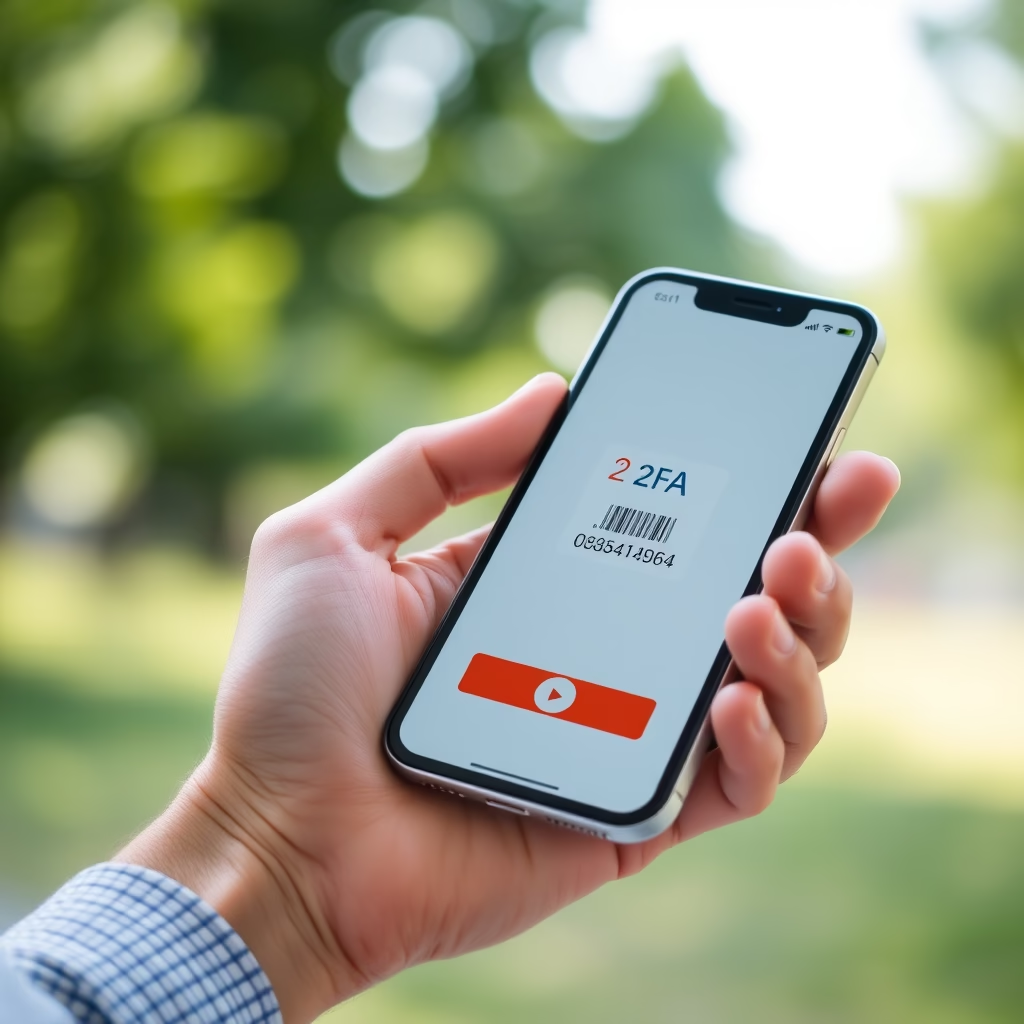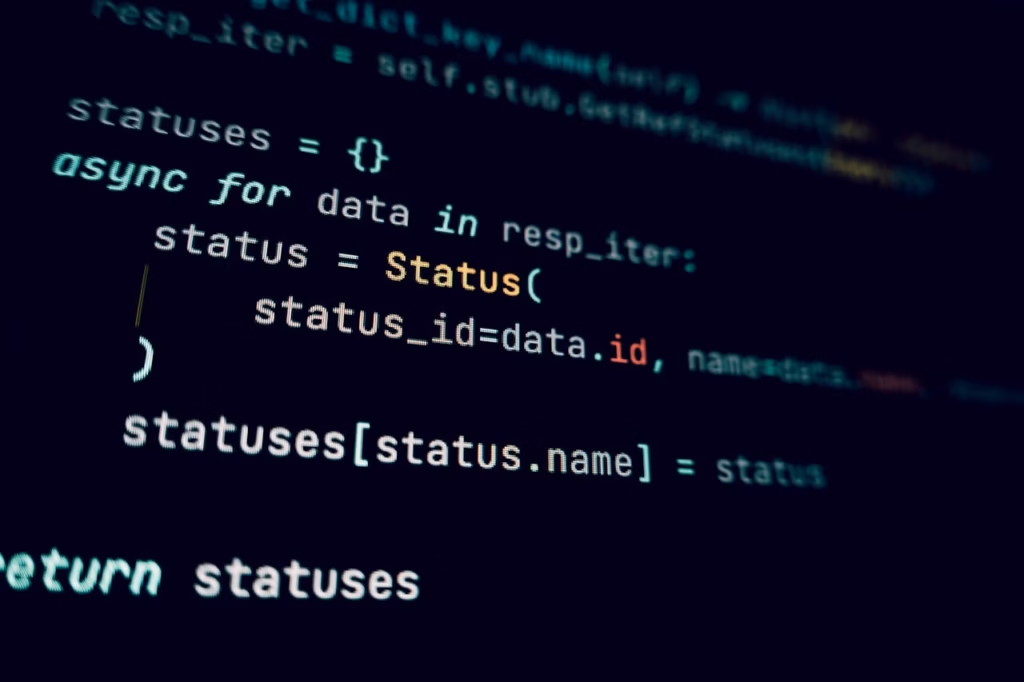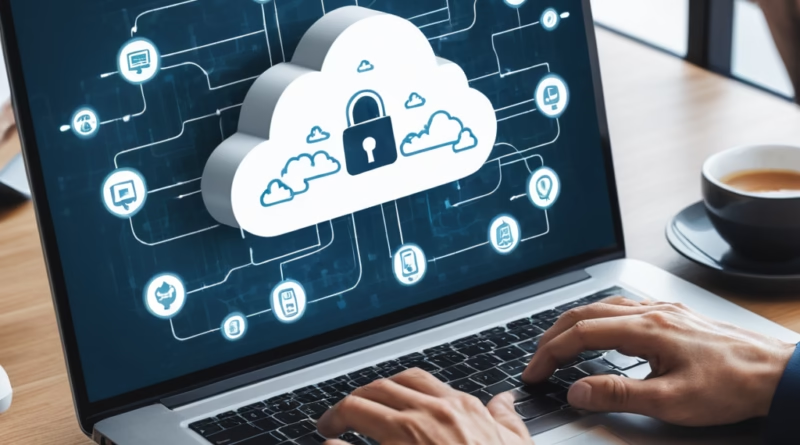Top SaaS Security Best Practices for Improved Cloud Safety
To make the cloud safer for businesses that use Software as a Service (SaaS), they need to use a multi-layered method that includes many SaaS security best practices and technologies. Here are some important things you can do to make the cloud safer:
Key ways to make the cloud safer for SaaS users
Set up MFA, or Multi-factor authentication.
When you use MFA altogether with usernames and passwords, you add an extra layer of security. To use it, you must provide at least two verification factors. These could be:
- A password
- A one-time code sent by email, a 2FA app such as Google authenticator or a text message
- Biometric verification (like recognizing a fingerprint or face)
This makes it much less likely that someone will get in without permission, even if the login information is stolen.
Set up strict access controls
The principle of least privilege should guide access controls, making sure that users can only get to the data and tools they need for their jobs. Use role-based access control (RBAC) and check user rights often to keep people from getting in without permission.
Make APIs safe
Attackers often go after APIs because they can let private data out if they are not properly protected. Securely code, use authentication methods like OAuth 2.0, and make sure that all API interactions are encrypted using HTTPS.
Do regular checks on the SaaS security best practices
Regular security checks help find holes and make sure that industry standards for SaaS security best practices are being followed. This includes looking over security policies, doing vulnerability scans, and performing pen testing to see how well the current security measures are working.
Check cloud activity
Set up full logging and tracking systems to keep track of what users are doing and spot problems as they happen. This makes it easier to spot possible threats early and act quickly to lower the risks.
Encrypt the data
Encrypting data while it’s being sent or stored is the best way to keep it safe from people who shouldn’t have access to it. For data that is not being sent, use strong encryption standards like AES. For data that is being sent, use TLS. For more information on this topic, refer to our article: Data Encryption: Importance and Advanced Systems.
This ensures that data can’t be read without the right decoding keys, even if stolen.
Use a zero trust security policy
A key idea behind the Zero Trust model is “never trust, always verify.” This means that all entry requests, whether they come from inside or outside the network, must be verified and approved. Improve security by putting in place micro-segmentation and continuous verification methods
Use Cloud Access Security Brokers (CASBs)
CASBs act as go-betweens for users and cloud service providers, enforcing security rules and giving users a look at how the cloud is being used. They can help keep an eye on what users are doing, spot odd behavior, and make sure that rules are followed.
Keep software up to date
Make sure that all software, including apps and the hardware that runs them, is regularly updated with the latest security patches. This helps keep you safe from known security holes that attackers could use. Do not forget to make backups before important updates are applied to prevent any possible issues that may require a rollback.
Train your employees
To keep an environment safe, it’s important to train the staff on the best ways to keep it safe. This includes teaching them about phishing scams, how to keep their passwords safe, and how important it is to report any strange behavior.
Companies can greatly improve their cloud security when using SaaS apps by using these SaaS security best practices. This will protect sensitive data from new cyber threats.
